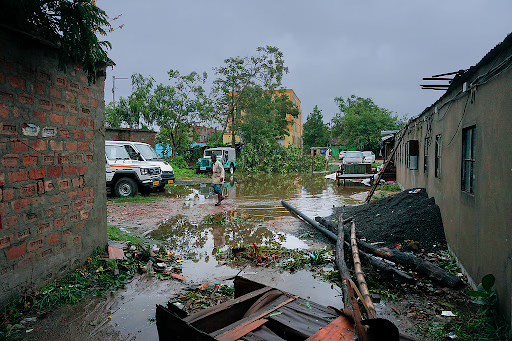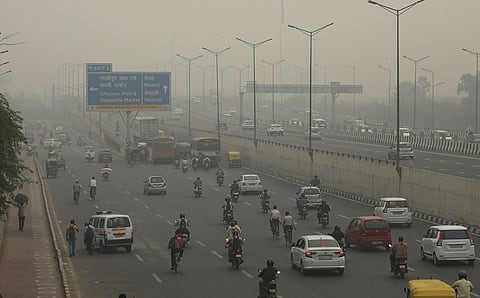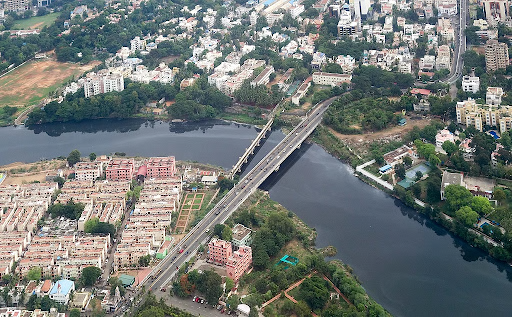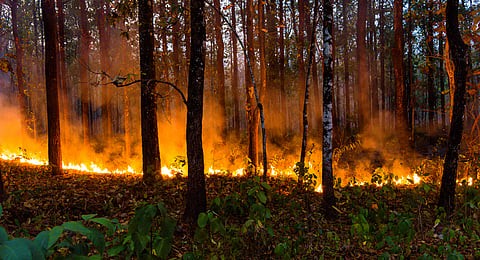Description
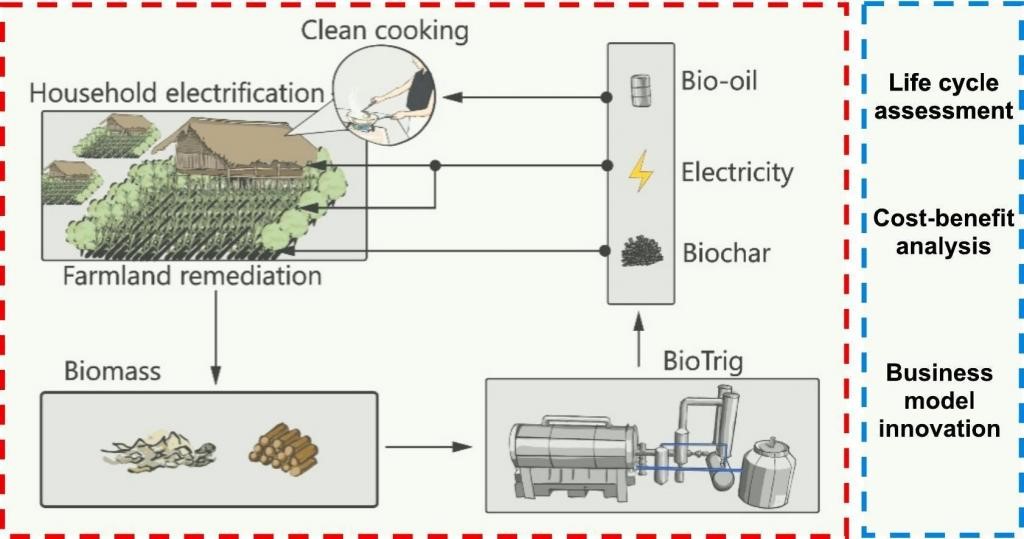
Disclaimer: Copyright infringement not intended.
Context
- New waste management technology could improve life in rural India, claims study.
- The study paper, titled Trigeneration based on the pyrolysis of rural waste in India: Environmental impact, economic feasibility and business model innovation, was first published in the journal Science of the Total Environment
Details
Pyrolysis
- Pyrolysis is a kind of chemical recycling that turns leftover organic materials into their component molecules.
- It works by sealing the waste inside an oxygen-free chamber and heating it above 400 degrees Celsius. Useful chemicals are produced in the process.
- The researchers outlined that three products of pyrolysis — bio-oil, syngas and biochar fertiliser could help rural Indians live healthier and greener lives.
- Through it, they could have more productive farmland. It also went on to lay out a series of recommendations to maximise the system’s economic viability.
The survey
- Initially, about 1,200 rural households across Odisha were surveyed by the researchers. They analysed the villagers’ experiences of cooking, powering their homes, and farming.
- The researchers found over 80 per cent of those surveyed wished to switch from cooking indoors with smoke-producing coal to cleaner options.
- Almost all respondents also wanted access to reliable grid electricity on priority. About 90 per cent of them were found willing to sell agricultural waste to support bioenergy.

Benefits to rural communities living below the poverty line (BPL)
Issue
- Indoor air pollution remains a serious issue in rural India where cooking with fossil fuels in unventilated households disproportionately affects women’s and children’s health. These communities also face the degradation of arable land from unsustainable farming practices. Access to reliable electricity is an ongoing challenge as well.
Addressing the issue
- The survey findings helped inform the researchers’ design for ‘BioTRIG’— a community-level pyrolysis system to run on the waste the villagers generate. It would also provide a series of benefits to rural communities living below the poverty line (BPL).
- The syngas and bio-oil are said to facilitate heat and power the pyrolysis system in future cycles. This, along with utilisation of surplus electricity to power local homes and businesses.
- The project also envisions using clean-burning bio-oil to replace dirty cooking fuels in homes and using biochar to store carbon, while improving soil
- The BioTRIG system could also be effective in real-world applications. It could help reduce greenhouse gas emissions from communities by nearly 350 kg of CO2-eq per capita per annum, computer simulations showed.
- United Nations has identified all these problems as targets for international sustainable development goals and the Indian government has taken steps to start addressing them. However, the BioTRIG system has the potential to help address all of these serious problems. This, with a trigeneration approach to turning otherwise unusable waste into three useful sources of bioenergy.
- Scaled across a country the size of India, even a modest uptake of the system could have a big impact on climate emissions and public health.
Two novel business models could lead to widespread adoption of the BioTRIG system.
- Two new circular business models could help smooth the transition to widespread BioTRIG adoption. In one scenario, a private sector partner could provide seed funding to set up the pyrolysis units in exchange for social benefits, creating jobs by training local teams to run operation.
- An alternative would be asking villagers to contribute their waste feedstocks for free. This, in return for free biochar and discounted bio-oil that saves them money.
.jpg)
Conclusion
Breaking down the climate, health and agriculture impacts along with the economic potential in the same paper will help make BioTRIG a project that governments, funders and NGOs will take a close look at to evaluate the benefits it could bring to the half-billion people living across rural India.
|
PRACTICE QUESTIONS
Waste to energy is a key component of waste management. Discus 150 words
|






